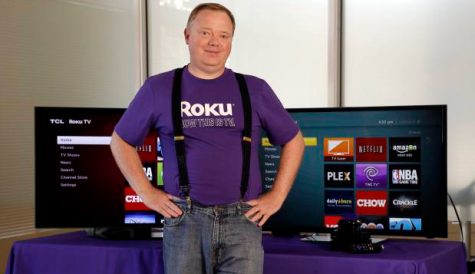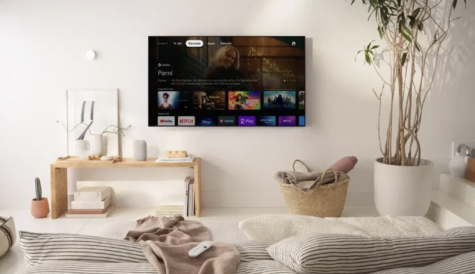On demand content more central to OTT than originals, says report
 Over a quarter of Brits say flexible access to content on demand is their main area of focus when signing up to a streaming service.
Over a quarter of Brits say flexible access to content on demand is their main area of focus when signing up to a streaming service.
According to research by Imagen, 29% of UK consumers prioritise the ability to view content on demand – including the ability to download for offline viewing – as their priority. VOD capability ranks slightly higher than access to original content (27%) and it being cheaper than a pay TV package (22%).
The research goes on to estimate that 27% of consumers think that traditional broadcasters will look to adopt services similar to those offered by streaming providers. A quarter believe that operators will increasingly turn to aggregation of services, such as Sky’s relationship with Netflix. More drastically, 24% of the respondents believed that traditional TV will cease to exist in its entirety.
Charlie Horrell, CEO of Imagen, said: “Our research indicates that there is an opportunity for traditional broadcast players to enhance their services and compete with the increasing number of streaming providers by enabling consumers to watch more content on demand.”
However, 30% of the consumers surveyed still watch the majority of content on traditional TV channels. This suggests, the report says, that viewers see more value in the content provided by traditional broadcasters – with content on streamers only favoured by 20%.
The report also found that just shy of a fifth (17%) consume most of their video via social media clips, with 64% admitting to watching at least some short-form video clips. That figure rises to 77% for respondents aged 25-34 year olds.
Defining the generational gap, 37% of over 55s said that they wouldn’t subscribe to a streaming platform.
Horrell said: “There is a growing generational divide in how media is consumed. While it’s evident that traditional TV still has a significant place in society, consumers are now demanding greater flexibility in how they view content and the form it takes, as shown by the rise in popularity of short-form video.”



